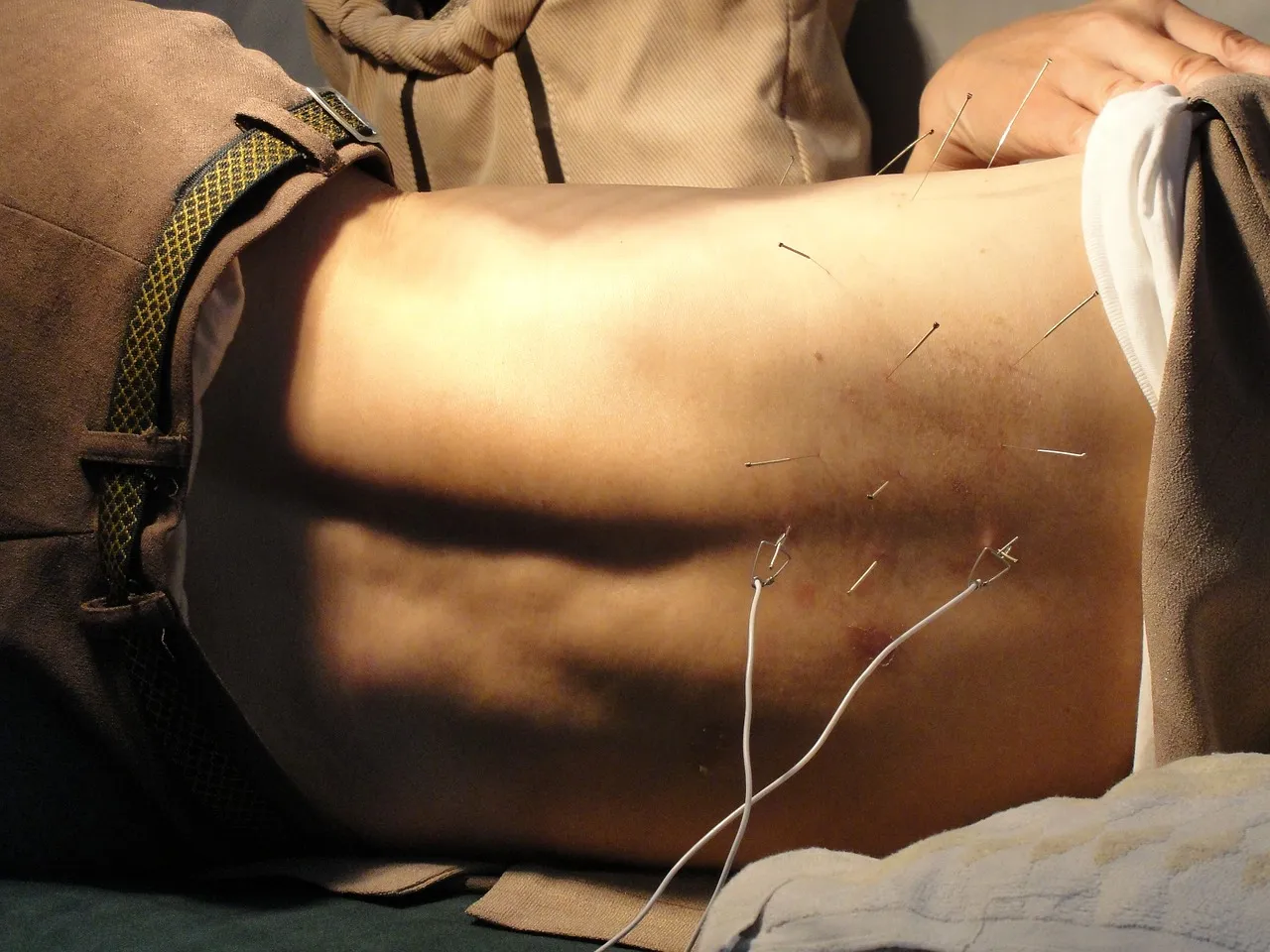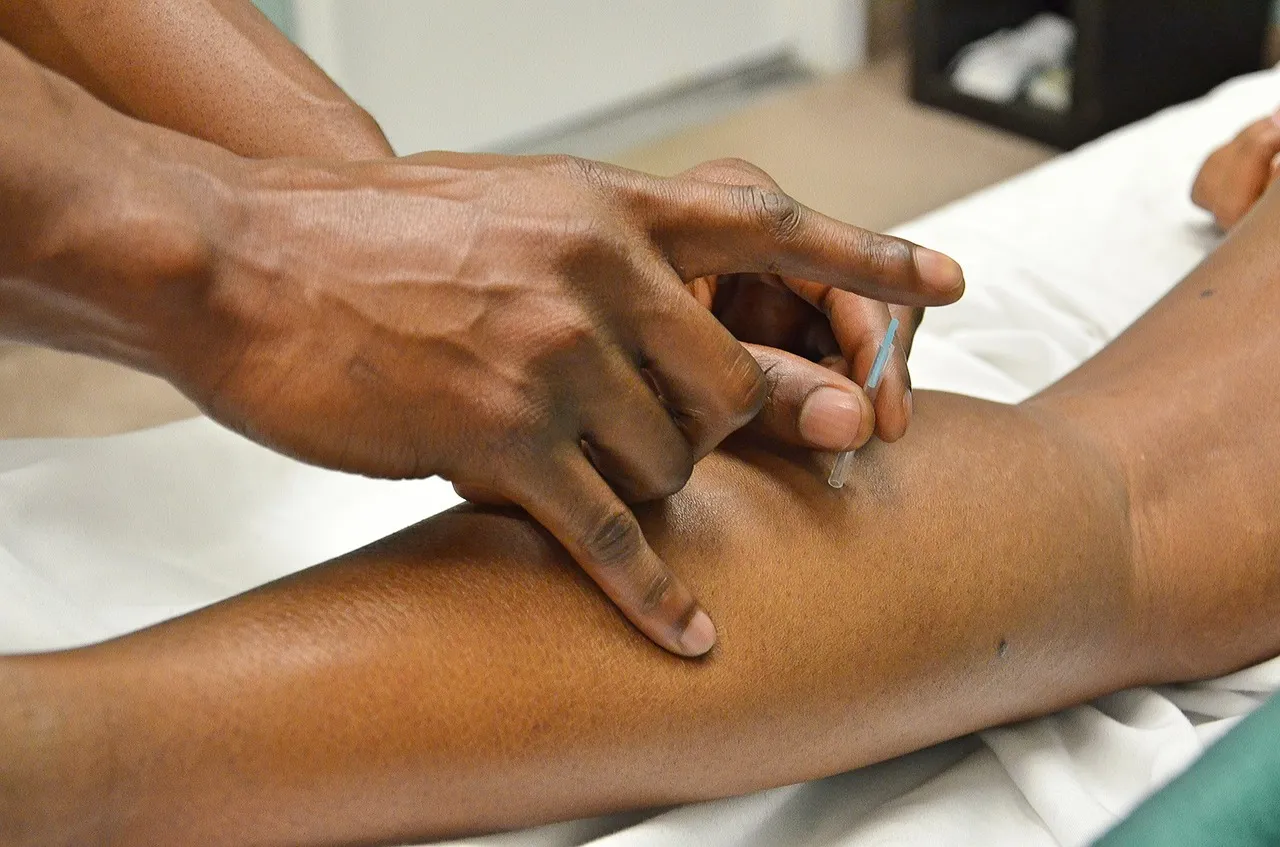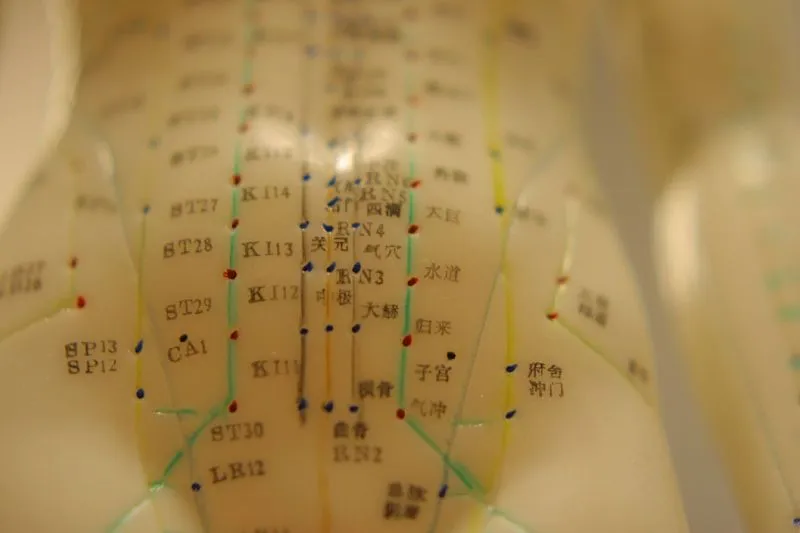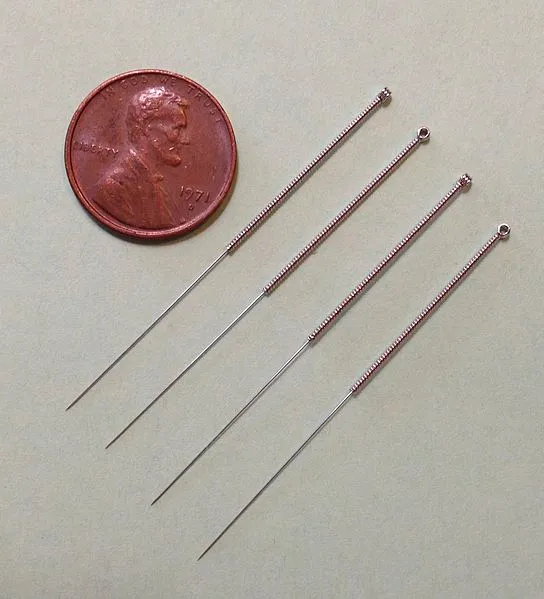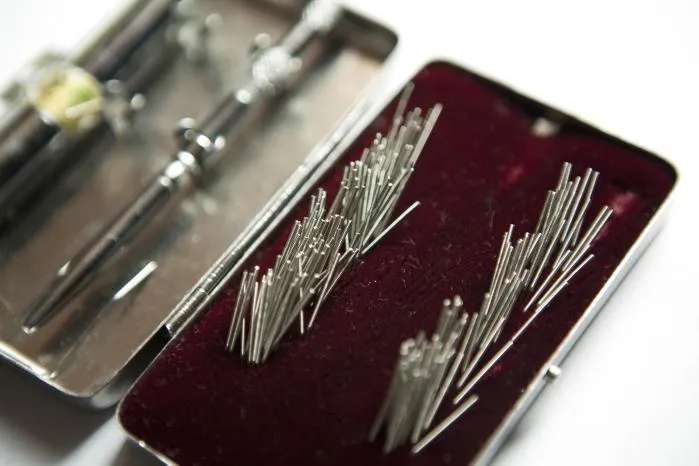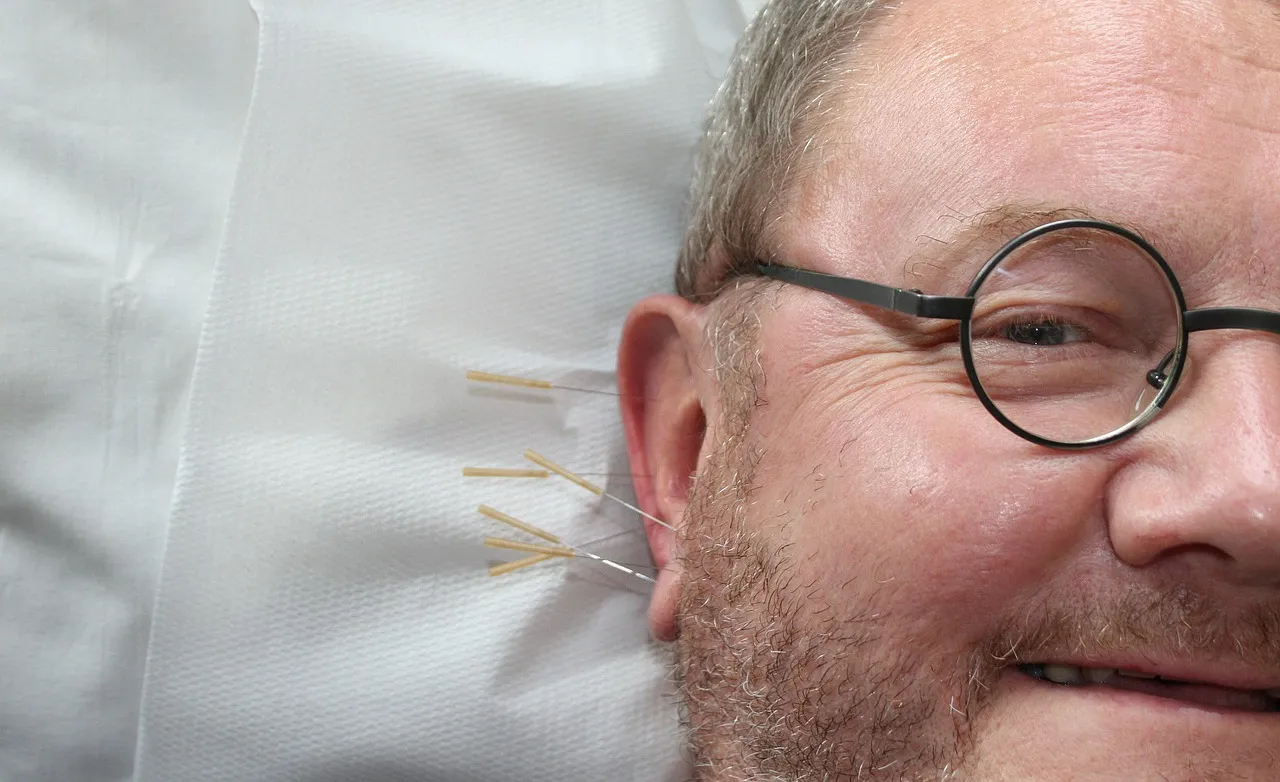As humans finding an easier and more economical way to deal with problems has always been one of our utmost desire. We thrive for more efficient and effective ways by all means necessary and some times we end up achieving them or being an inch closer to achieving them.
Even when we end up achieving that goal, it is likely to be received with a lot of critics all from around the world. Some scientist could be a proponent to the new discovery while others may be strong opponents especially if there are no strong evidence to back up the acclaimed therapeutic effectiveness of the new discovery in the medical world. Scientific discoveries entails a whole lot of strong evidence and backups and this of course makes science more interesting.
Does it really work?
When you say something works and has some actions, can you really prove it beyond every reasonable doubt. All things being equal, can it be universally applied across all fields of scientific endeavours. As science is advancing, so is the need for stronger scientific facts that can stand the test of time. Some of the early scientific discoveries have been disproved today due to more concrete evidences. Take for example the theory of atoms which proposes that "an atom is the smallest indivisible particle or component of a matter", today this theory has been disproved by the discovery of radioactivity.
Today I want to expose you more to acupuncture technique in medicine that originated from the Asian world, this technique is under intense scientific debates as regards its real applicability and scientific proofs to its acclaimed therapeutic effectiveness. Some scientists have regarded the technique as a mere fallacious believe with no real mechanism of action rather it is just a mere sham. Some believe in this therapeutic technique while others believe it is just a technique that is likened to the effect of a placebo. Lets dissect the term placebo.
I have earlier before now written an article about placebo effect, a phenomenon that is much more associated with humans mindset, psychological orientation and believe towards the use of a therapeutic technique which can be either the use of drugs or other diagnostic methods aimed at ameliorating a medical condition or a discomfort e.g pain. Let me briefly lay a solid foundation about placebos.
Placebos are inert drugs, saline injections (injections made from normal saline), treatment or sham surgeries and other diagnostic procedures that do not have any intended therapeutic value. They are not necessarily only substances but rather any approach to treatment that doesn't have any diagnostic value.
Why are they used?
These placebos are used in drug testing experiments and medical research works and they try to establish a relationship between the mind and the body. How well does the mind control response to several diagnostic and therapeutic procedures. The conclusion of the whole matter is that placebo is anything that seems to be real - medical treatment but it is not.
They are used when there is a likelihood that expectation of results by the patient would have an effect on the efficacy of a drug and the end result of the experiment (placebo effect). To prevent this, the drug to be tested and placebo are administered single blindly (single blind here means that only the researcher knows which of the drugs is a placebo). With the use of placebos, the patient cannot know whether a treatment is active or not.
They have no effect on disease, but at most only affect some people's subjective judgement of their symptoms. Sometimes they can make people feel better, and sometimes worse – in which case they are termed a nocebo.
Nocebo is the direct opposite of placebo. When the perception of the patient is anchored on negative impact and an inactive substance is administered, worsening of the patient's condition as a result of the patient's mindset towards treatment is regarded as Nocebo effect. Just like I explain in my older article, the psychological orientation of the patient towards treatment plays the major role.
How strong is the correlation?
There is a correlation between how strongly an individual expects a result whether or not the result occurs. When the feeling is stronger, there is high probability of experiencing a positive effect from the treatment. The major problem with the use of placebo especially drug or technique is the fact it creates room for distrust between the physician and the patient. At times it could could even end up causing more complications.
Let's now find out about acupuncture; we will get to understand if actually it is really a technique with therapeutic efficacy or maybe it is just a placebo.
Acupuncture have so far been used mostly by the Asian world in relieving body pains. The high believe in the efficacy of acupuncture by the Asians have made it a technique well sought after. Due to the controversies surrounding the mechanism of action of this technique, there has been serious research about acupuncture. Flow along while I take you through some beautiful scientific discoveries about acupuncture.
Acupuncture is a popular practice by the Chinese and Koreans and it involves sticking several needles at specific locations - acupoints of the body. The needles are inserted and then gradually manipulated in a bid to relief pain. This makes me wonder if this doesn't actually sounds ironical, I mean, how can you in a attempt to relieve pain cause pain by sticking some sharp needles on the skin. 🤔 Or is it that the process isn't so painful, I hope you get my point here.
It is believe by the Asians that, there is natural flow of energy along the humans body through specific meridians. A meridian here simply means imaginary pathways along the human body through which the body's vital energy flows and this is according to the theory of acupuncture. When these natural body's vital energy flow is blocked, what ensues is pain.
The main basis of acupuncture technique
The main concept behind the use of acupuncture is based on the existence of a life force known as qi (pronounced chi). Just as explained above, when the meridians are blocked, it results to illness. They believe that when special needles are stuck at various acupoint along the meridians, the flow of qi will be enhanced and will help remove and clear the obstructions that cause blockages along the meridians thereby relieving pain and subsequently curing the ailment which could either come as pain, discomfort, illness etc.
I won't be wrong to say at this point that, mastering the anatomy of the human body by the acupuncturist (someone who specialises in the practice of acupuncture) would really be an invaluable asset to the practice of this technique.
The scientific confirmation of a novel duct existence
One of the interesting thing I discovered in the course of studying acupuncture is the uniqueness of acupoints. Acupoints all have their specific roles and functions. These acupoints according to the scientific publication in Journal of Acupuncture and Meridian Studies; Science direct, leads directly to organs of the body through a duct known as the Bongham duct (BHD). The research confirmed the existence of BHD as having a direct relationship and contact with organs.
These ducts were revealed using Alcian blue dye that was injected along through the acupoint BL23. The BHD was initially discovered by Bongham Kim in the 1960s. His proposition was that BHD was a novel circulatory system that connects the acupuncture meridians in the skin to several internal organs.
The ducts are entirely different from the notable lymph, nerves and blood vessels in the body system. Bongham Kim's claim was never taken seriously not until when the duct was further rediscovered in rabbits by several gruops. The likely advantage of these discovery will definitely be an advancement and introduction of newer methods of drug delivery and routes through which drugs could be administered directly to an organ.
NB: due to copyright issues, pictures showing the evidence of existence of BHD can be found in the third reference of this article or above 👆(journal of acupuncture and meridian studies)
Since these ducts are real in existence, I am tempted at this point to say that the practice of acupuncture is real and actually has therapeutic value especially when it comes to relieving acute and chronic pains. The conventional salicylates (aspirin), Non steroidal inflammatory drugs - NSAIDS (ibuprofen, Indomethacin etc) and opioids in particular have so far posed the problem of dependency and addiction thus the need for us as humans to start looking into another direction for relieving pain.
Generally, alleviation of pain is the general objective in medicine and any agent used to relieve pain without causing loss of consciousness is regarded as analgesics. Analgesics are into two main groups - the non opioids (non-narcotic) and opioid (narcotic) analgesics. The opioids e.g morphine, heroine, codeine etc mainly act through the central nervous system and this is why they have the potential for abuse. Though they are more powerful analgesics than non-narcotics but they don not reduce inflammation.
I am sure you must have read or heard about the case of codeine abuse in the western part of Africa - Nigeria. This consequently led to the ban of the drug usage. The non-narcotics though do not have effect on the CNS but have major effect on the peripheral system of the body. They have the potential of aggravating ulcer, worsening of asthma, delay of onset of labour in pregnant women (due to their inhibitory effect on the production of prostaglandin which helps to hasten labour or abortion). They also cause analgesic nephropathy (associated with the kidney) when taken in high dose. The above are just a tip of the iceberg about the negative effects of analgesics. Considering acupuncture as an alternative is not a bad option at all.
Where do we stand?
Acupuncture aims to maintain and restore health through balancing the body’s energy system. Most of the research papers are gunning for acupuncture as a better option for pain treatment because it is a non pharmacological approach and doesn't involve the use of any drug which are sometimes toxic. The major challenge as regards to its universal acceptance is the fact that its mechanism of action is still not well understood and it also has its own risk, one of which is the danger of puncturing vital organs like the lungs. Imagine this needle in the picture going through your body. Though not the whole length at times. We will discus some of the risk associated with acupuncture in the subsequent post. This article is more interested in explaining the basis and concept surrounding acupuncture.
As usual, science must have its clear cut on issues and trust humans, our insatiable desire for knowledge is never quenchable. There are several articles that have been written about the mechanism of acupuncture. The explanations given in most of them have so far pushed the practice of acupuncture far from being a mere placebo. The proposed mechanism simply indicates Adenosine.
Adenosine is a nucleoside that is made from ribose sugar and adenine. It is abundant in the striated muscle tissues of the body. It is believed that these needles when stuck at the acupoints causes the release of adenosine from cells into the interstitial through adenosine A1 receptor and then into the extracellular fluid through adenosine A2 receptor. This in turn causes an increase in the extracellular concentration of adenosine in body system.
A peep into the Journal of integrative medicine an article written by Arthur Yin Fan et al, 2017 without doubts indicated adenosine. Here it is believe that mechanical stimulation using the acupuncture needles causes a transduction effect which triggers the release of Adenosine from the energy currency of the body system - Adenosine triphosphate (ATP) through its specific A1receptor.
Mechano-transduction of the needling stimulus at specific points on the body triggers the release of ATP and adenosine, which bind to local afferents.
What does this adenosine do?
Adenosine has been established to have a reverse effect on nociception (pain).
in regard to stress or injury, the function of adenosine is primarily that of cytoprotection preventing tissue damage during instances of hypoxia, ischemia, and seizure activity. Activation of A2A receptors produces a constellation of responses that in general can be classified as anti-inflammatory
The doubts and uncertainty
As long doubts surrounds a discovery, its universal acceptability becomes an issue. An article published in Scientific American raised some serious question as regards adenosine been the main reason behind the anti nociceptive effect of acupuncture technique. Based on the scientific proofs we have so far, Yes for sure we can confidently say that the insertion and rotation of the acupuncture needle caused a release and increase in the extracellular concentration of adenosine, but the big question here is this; is it only the insertion of the needle that has the ability of causing release of adenosine bearing in mind that adenosine is very much abundant in striated muscle? What if we decide to simply pinch the subjects.
Tissue injury causes pain and this can also be induced by other means and not necessarily only through needle insertion. The flaw in these proposed mechanism is that, we cannot say for sure that it is only the needle insertion that can actually cause the release of adenosine from surrounding cells since most of the research papers didn't take cognizant of this fact. Let's see whether we can clarify this question here.
A further research revealed that there is a significant difference in adenosine release, concentration and it's anti nociceptive effect when acupuncture needle is:
1. Inserted at the acupoints and rotated 2. Inserted at the acupoints and not rotated 3. Not inserted at the specific acupoints along the body meridian.
The study published in The journal of pain was done using human subjects this time around and it demonstrated that when the acupuncture needle was inserted at the acupoints without rotation, there was no release or increase in the concentration of adenosine. Similar result was also gotten when the needle (whether rotated or not) was not placed at acupoints but when it was inserted at the acupoints and subsequently rotated, there was a marked increase in the extracellular concentration of adenosine and a resultant relief of pain in the human subject under investigation.
This leaves us with no atom of doubt that acupuncture was responsible for the release of adenosine which brings about the relief of pain. The result of this research to me simply nullifies the claims that acupuncture is just a mere placebo or a sham (my view though). Don't bother thinking about the pinch, you will obviously be hurting yourself. The real fact has now been established ; acupuncture is not a placebo rather a technique with therapeutic value,but the existence of qi is yet to be affirmed with scientific proofs No wonder it is gradually becoming a more highly sought after therapeutic technique been practice especially in USA and other well developed countries besides China and Korean where it stemmed.
the road to modernisation of acupuncture
We are now in the modern erra where technology is the order of the day. The old traditional method of sticking the needles at the acupoints is gradually being phased out with the introduction of more complex and sophisticated machines that could directly stimulate the release of adenosine at the acupoints without having any contact with the skin. These methods involves the use of Using Multimodal Computer-based High-tech Methods. I will be talking more on this methods and round up the acupuncture technique by exposing the gray areas and risks associated with the technique in my next article.
The above are my stands on acupuncture, would love evidence based criticism.
Thanks for reading, untill next time.
Special thanks to @mathowl for instigating this write up through the link he sent to me about acupuncture as a placebo.
References and further research
¶Nature Neuroscience: Adenosine A1 receptors mediate local anti-nociceptive effects of acupuncture ¶The Journal of integrative medicine, 2017: Acupuncture’s Role in Solving the Opioid Epidemic: Evidence, Cost-Effectiveness, and Care Availability for Acupuncture as a Primary, Non-Pharmacologic Method for Pain Relief and Management—White Paper 2017 ¶Journal of Acupuncture and Meridian Studies: The Flow Path of Alcian Blue From the Acupoint BL23 to the Surface of Abdominal Organs ¶Modernization of Traditional Acupuncture Using Multimodal Computer-based High-tech Methods—Recent Results of Blue Laser and Teleacupuncture From the Medical University of Graz:Journal of Acupuncture and Meridian Studies ¶National centre for complementary and integrative health, NCCIH ¶Full compendium - Sciencedirect-Acupuncture Meridian Studies 2009;2(3):182−189 ¶Pain management /what is placebo effect ¶Wikipedia-placebo ¶Scientific American - research cast doubts on the value of acupuncture ¶Traditional Acupuncture Triggers a Local Increase in Adenosine in Human Subjects-The journal of pain: official journal of the American Pain Society
If you write Science Technology Engineering Mathematics - STEM related posts, consider joining @Steemstem and @Stemng
Return from Critical review of acupuncture as a therapeutic procedure ; can we call it a placebo? to cyprianj's Web3 Blog

